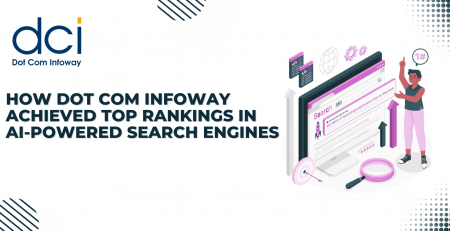Microsoft SharePoint Server – Part III
We are here to explore the feature of portal management available in Microsoft SharePoint Server. It would be interesting to note that there would be a system or a software available for us wherein an end user can utilize the existing features, customize as and where required and built an entire site. Actually, Microsoft SharePoint Server approaches this way and provides portal management system as one among its features in its platform. SharePoint provides us with a rich set of portal components that aid us in designing, deploying, and managing enterprise intranet portal sites, corporate internet presence web sites, and divisional portal sites. They actually support in designing, deploying and managing all portal sites. These components helps to communicate with right people who have right knowledge and experience in an organization.
Site Definitions & Site Templates:
A site template can be easily created by just creating a web site using SharePoint user interface and they can be saved as a template for future use. An end user can then select a template to create a new web site.
A site definition is the foundation upon which all the sites and user templates are built.
However, if we need to create a set of reusable templates for an organization, then site definition would be the better approach. A user can create a new SharePoint site from a site definition that consists of lists, files, parts, and features needed for a web site. Site definition uniquely defines a web site and each site definition can have more than one site configuration, but a web site is based on only one site definition.
My Site – Personalized Version:
SharePoint actually comes up with a site called My Site that provides with the following rich set of features and these features are specifically available in SharePoint 2007 and above:
- Social Networking
- Privacy Controls
- SharePoint Sites and Documents roll-up Web Parts
- Colleagues and Memberships Web Parts
Social Networking: This can happen in two ways namely,
- Public My Site Pages with Social networking Web parts: People can simply identify users’ information and share their interest with their connection. It also produces more search results.
- Personal Connection: In social networking, it helps to establish connection and increase the users’ communities. Users can create group using the same information like theirs.
Privacy Controls: It provides a more secured information visibility in My Site Public view. This is provided by way of setting view authorizations such as My Manager, My Colleagues, and Everyone.
SharePoint Sites and Documents roll-up Web Parts: This is used for storing the published collection of SharePoint sites. It also provides more support for filtering capabilities while querying up for a document that is stored in SharePoint sites.
Colleagues and Memberships Web Parts: This actually provides the users with a list of people who they know, have common interests, and belong to common distribution lists and groups.
The above discussed points are some basic features provided by SharePoint portal management system and we conclude this by saying that more and more features are awaiting to be discussed in the upcoming blog. Check our Microsoft SharePoint Server Part II and Microsoft SharePoint Server Part I















